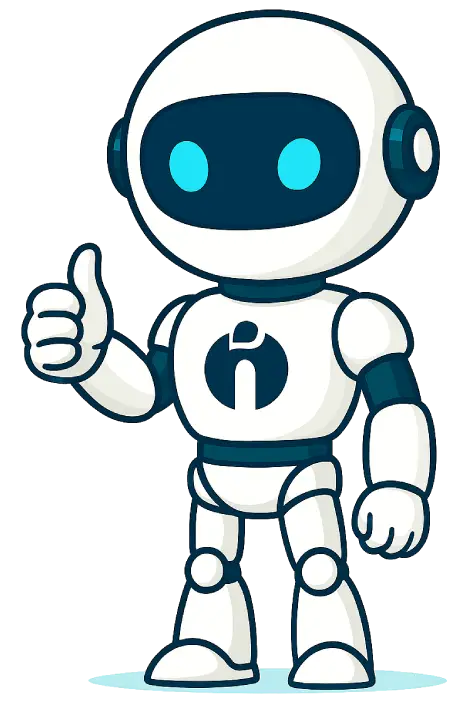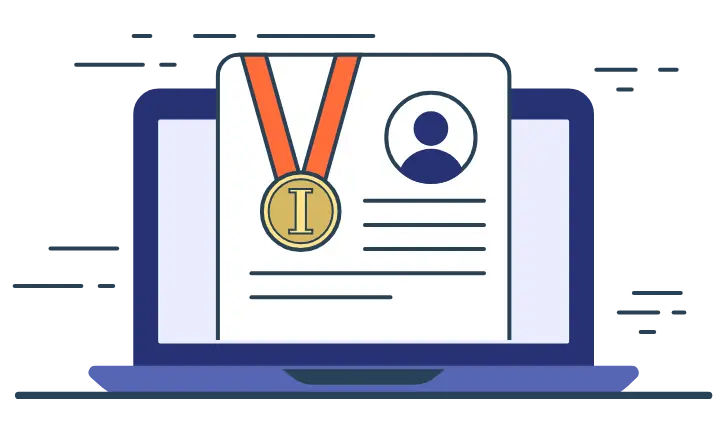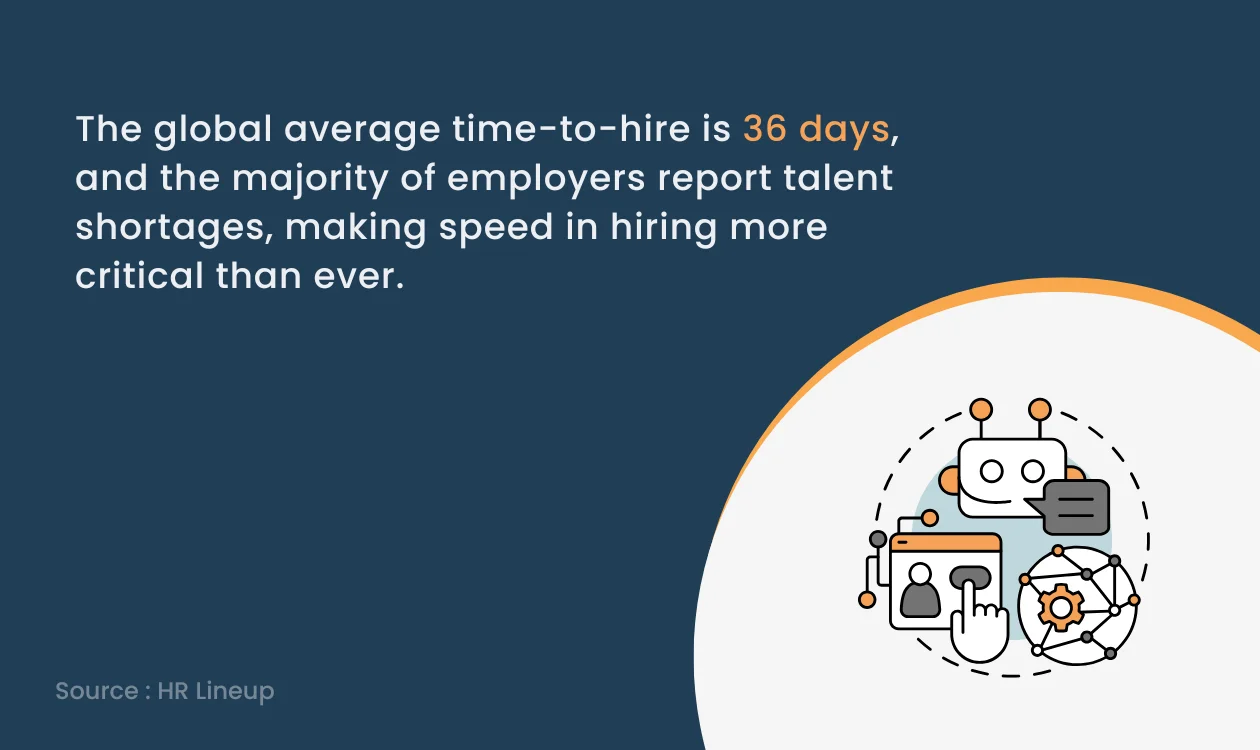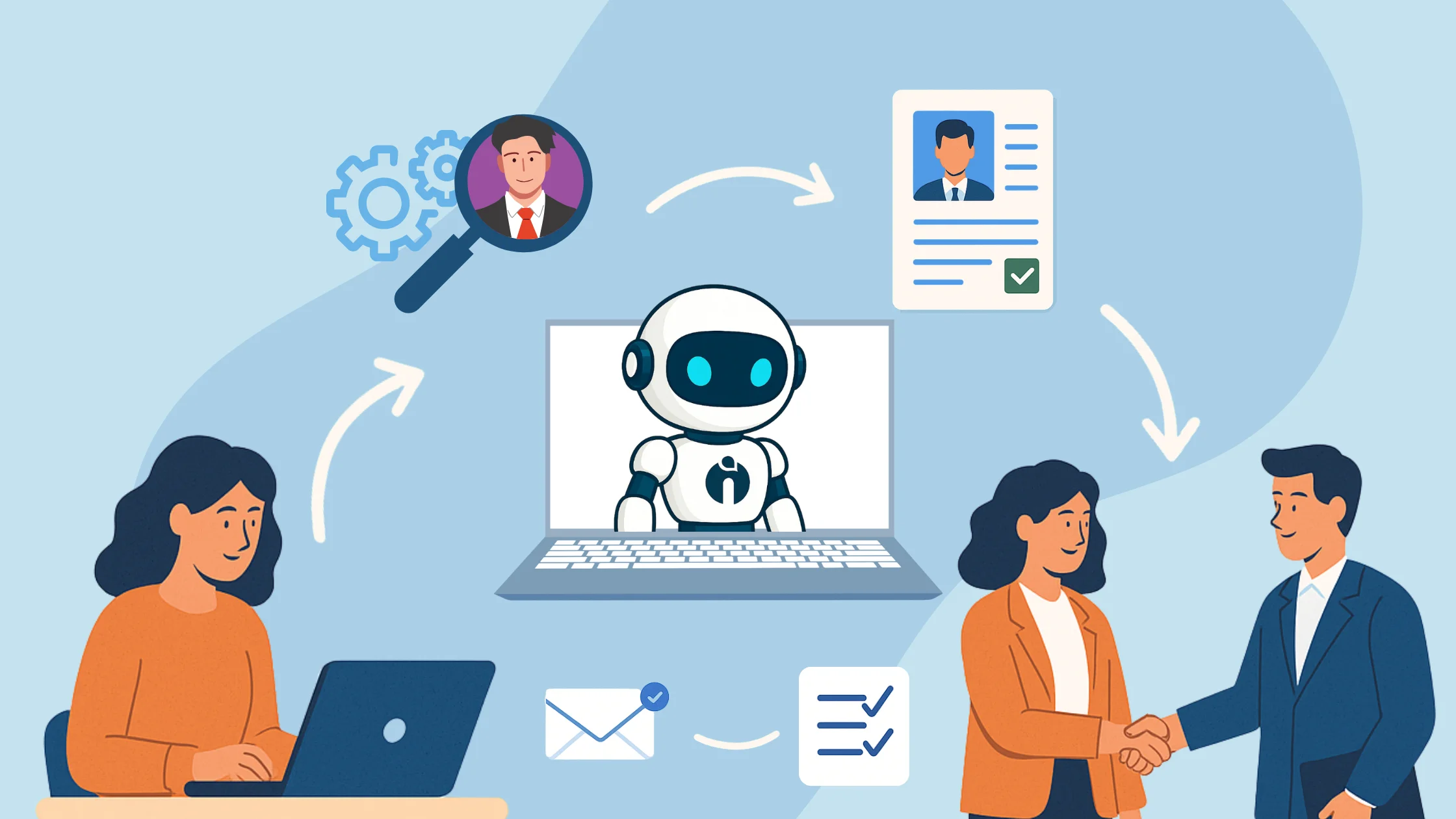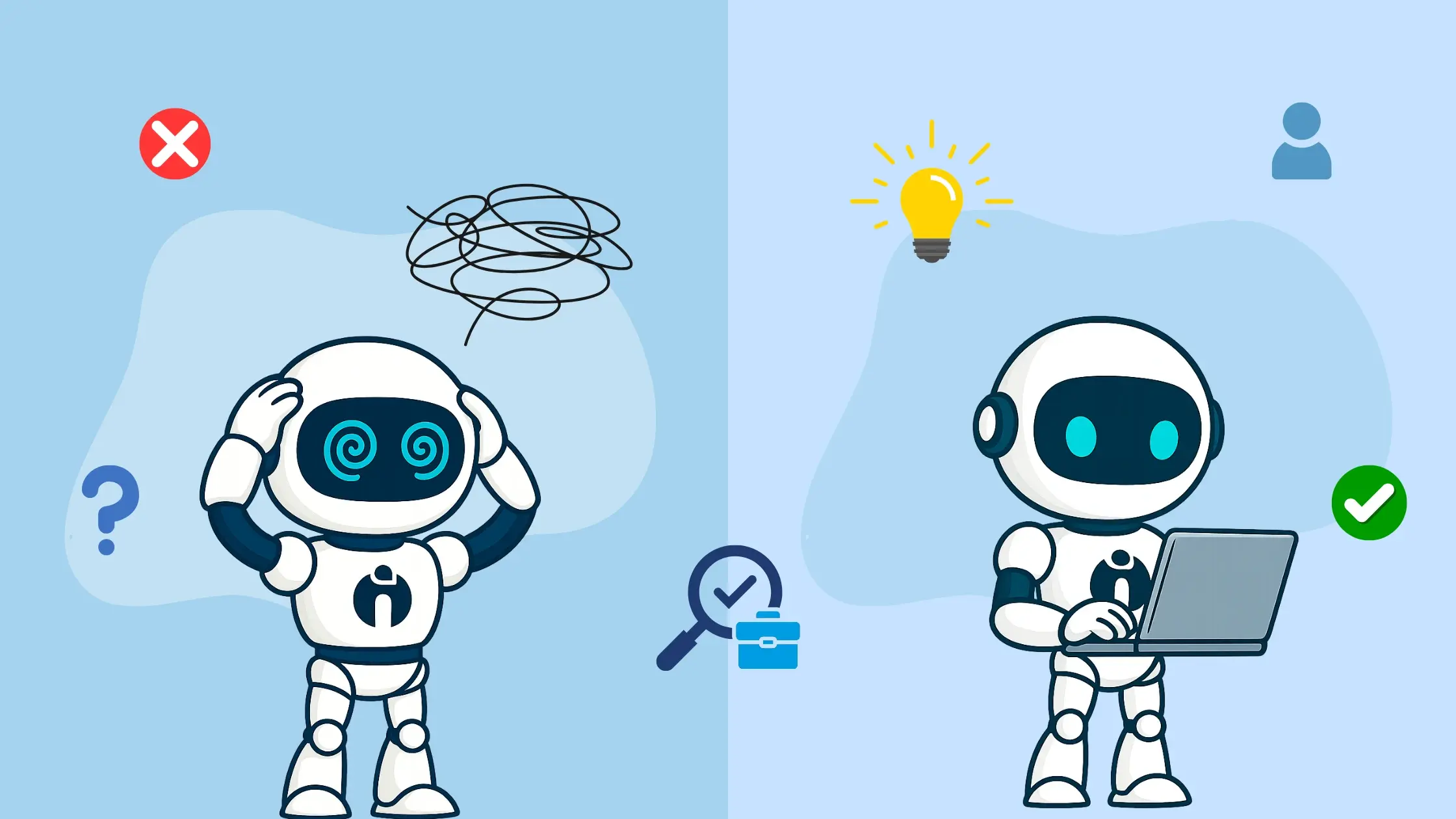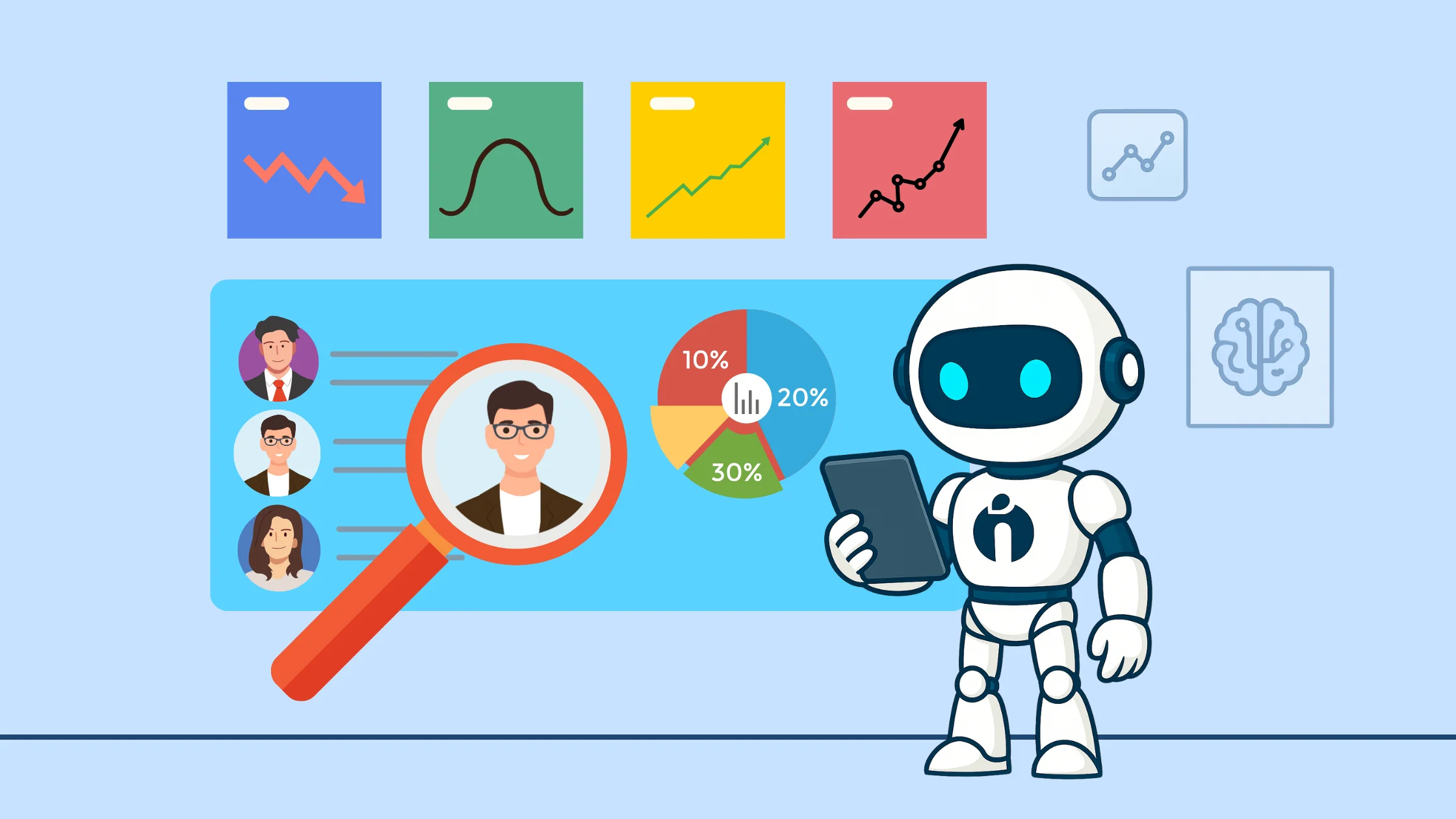TL;DR
- Recruitment automation significantly reduces time-to-hire by streamlining sourcing, screening, communication, and scheduling.
- Automating repetitive tasks with AI and Applicant Tracking Systems (ATS) empowers recruiters to focus on candidate engagement.
- Real-world case studies show reductions in hiring time, candidate drop-off, and improvements in candidate satisfaction and quality of hire.
- Successful automation requires balance: avoid over-automation and maintain the human touch in critical interactions.
In a competitive job market, speed is everything. Companies that move quickly secure top talent, while those with drawn-out processes risk losing the best candidates to faster-moving competitors. That’s why finding ways to reduce time-to-hire has become a critical priority for HR teams everywhere.
Time-to-hire refers to the number of days between a candidate applying (or being sourced) and accepting an offer. The shorter this window, the more likely you are to keep candidates engaged and the less it costs to bring someone on board.
Enter recruitment automation, the technology-driven approach that can cut hiring timelines dramatically without compromising on quality. Here, we'll explore exactly how automation works, the tools you can use, and the real-world results you can expect.
What is Time-to-Hire and Why Does It Matter?
Time-to-hire measures the days between when a candidate enters your recruitment pipeline and when they accept an offer. By streamlining recruitment and minimising hiring delays, organisations can keep candidates engaged and reduce recruitment costs significantly.
It’s important to distinguish between time-to-hire and time-to-fill:
- Time-to-hire: Measures the time between when a candidate enters your recruitment pipeline and when they accept an offer.
- Time-to-fill: Includes the total duration from when a job is posted until it’s filled, covering both sourcing and hiring.
A long hiring process does more damage than you might think. Finding ways to reduce time-to-hire is crucial because delays:
- It inflates your cost per hire (currently averaging about US$4,683 globally in 2025)
- It increases the risk of losing top talent to quicker competitors
- It slows down productivity and impacts revenue
According to a 2025 survey by HR Lineup, the global average time-to-hire is 36 days, and the majority of employers report talent shortages, making speed in hiring more critical than ever.
Where Traditional Hiring Eats Up Time
If you're still relying on manual processes, it's easy to see why your hiring timelines stretch longer than they should. Here are the usual suspects:
- Manual resume screening: Sifting through hundreds of CVs by hand is not only slow but can lead to unconscious bias or missed talent. Without automated resume screening, you're spending hours on something AI could do in minutes.
- Interview scheduling delays: Endless email chains to find a time that works for everyone can drag on for days, especially when multiple interviewers are involved.
- Slow or unclear candidate communication: When applicants are left in the dark, they often lose interest or accept other offers. A lack of candidate communication automation means every message depends on someone's inbox availability.
- Decision-making bottlenecks: When approvals pass through too many layers of management, momentum stalls. The longer your hiring workflow stays in limbo, the greater the risk of losing quality candidates.
- Disconnected tools: Managing multiple systems for sourcing, screening, and onboarding without proper recruitment workflow automation leads to unnecessary admin tasks and slows down the process. Data gets trapped in silos, making it harder to make quick, informed decisions.
A hiring process full of these friction points is a recipe for longer time-to-hire, higher cost per hire, and even damage to your employer brand.
Why Recruitment Automation is a Game-Changer?
Recruitment automation uses technology such as AI-based recruitment software, Applicant Tracking Systems (ATS), and chatbots to handle repetitive, time-consuming tasks. It's not about replacing recruiters; it's about empowering them to focus on relationship-building and decision-making.
Automation can handle everything from posting job ads across multiple platforms to AI-powered shortlisting and candidate communication automation. This speeds up the process, improves accuracy, and ensures no candidate slips through the cracks.
One of the biggest myths is that automation removes the human element. In reality, when used correctly, it allows recruiters to spend more time engaging with top candidates while routine processes run seamlessly in the background.
How Recruitment Automation Reduces Time-to-Hire at Every Stage in Hiring?
Automation isn’t just a single feature; it’s a complete toolkit that supports every stage of the hiring journey. By streamlining sourcing, screening, communication, scheduling, and offers, recruitment automation tools effectively reduce time-to-hire and ensure a faster, more efficient process. Here's how it works in practice:
1. Sourcing Candidates
Finding the right talent often takes the longest. AI in recruitment can scan vast resume databases, match candidates based on skills, and run programmatic job ads that automatically target the right audience. This means you're not just reaching more people, but reaching the right people faster.
2. Screening CVs
Instead of manually filtering through piles of applications, AI-powered shortlisting and automated resume screening can instantly highlight candidates who meet your requirements. Keyword and skills matching ensures you never miss a strong applicant due to human oversight.
3. Initial Communication
A delayed first response can cause candidate drop-off. Candidate communication automation from chatbot answers to personalised pre-screening questionnaires ensures applicants get instant updates and next steps, keeping them engaged and informed.
4. Interview Scheduling
Integration with calendars allows candidates to book interviews at their convenience, eliminating scheduling delays and fast-tracking the hiring process.
5. Post-Interview Follow-ups & Offers
Automation enables instant feedback loops between interviewers and recruiters, automated reference checks, and even quicker offer letter generation. This not only speeds things up but also leaves candidates with a professional, well-organised impression of your company.
When all these micro-improvements are combined, you're essentially building a fast-track recruiting process that shortens the hiring cycle while improving the quality of hire.
Real-World Results: Time-Saving Metrics & iSmartRecruit Case Study
Let’s talk numbers. Real-world data shows how recruitment automation can dramatically reduce time-to-hire and boost hiring outcomes:
Case Study: United HR Solutions
Using iSmartRecruit's AI-based platform, United HR Solutions saw considerable improvements across their executive recruitment process:
- Time-to-hire dropped by 45%, which significantly accelerated executive search cycles.
- Time-to-fill decreased by 47%, helping them fill roles much quicker.
- Candidate drop-off fell by 49%, showing improved candidate engagement and experience.
- Candidate satisfaction soared by 44%, reflecting a smoother, more transparent process.
- Sourcing quality jumped by 36%, putting better-fit candidates on the shortlist.
- Plus, application frequency went up by 60%, and retention for placed candidates improved by 49%, signifying long-term hiring success.
In essence, what once took six weeks now takes just over three, demonstrating the transformative impact of hiring workflow automation.
What Challenges Should You Watch Out for When Automating Recruitment?
While hiring workflow automation is powerful, it's not without its pitfalls. Organisations often discover that it's not just about buying the tool, it's about using it effectively.
Some common challenges include:
- Over-automation: Relying too heavily on automated messages or screening can make the process feel cold or robotic, which might deter top talent.
- Risk of filtering out strong candidates: Poorly tuned algorithms or overly strict criteria could unintentionally reject qualified applicants.
- Change management hurdles: Teams accustomed to manual methods may resist adopting new systems.
- Compliance and data privacy: Adhering to GDPR, EEOC, and other regional regulations is non-negotiable when handling sensitive candidate data.
- Integration complexity: Automation tools must integrate seamlessly with your existing HR software to avoid creating new bottlenecks, rather than solving existing ones.
The key is to strike a balance by using automation to take care of the repetitive, time-consuming work, but keep human interactions in the moments that truly matter, like candidate interviews, personalised feedback, and offer negotiations. Done right, automation enhances the human element instead of replacing it.
Best Practices for Implementing Recruitment Automation
To maximise your automation benefits and effectively reduce time-to-hire:
- Start small and scale: Begin by automating one or two high-impact tasks, such as CV screening or interview scheduling, and then expand into other areas once your team is comfortable.
- Train your team thoroughly: Recruiters and hiring managers should understand not only how to use the tools but also why they're using them and how they benefit the overall process.
- Choose integrations wisely: Pick solutions that work smoothly with your ATS, HRIS, and communication tools to avoid duplicating work.
- Keep a human touch: Even with automation in place, make room for personalised outreach, especially for high-priority candidates.
- Monitor and optimise continuously: Track metrics like time-to-hire, candidate satisfaction, and drop-off rates. Use the data to fine-tune workflows, update screening criteria, and adjust automation rules.
- Get candidate feedback: Ask candidates how they experienced the process. Their perspective can highlight where automation is helping and where it might be overstepping.
Remember, the goal is not to replace recruiters with technology, but to make them more effective. When automation supports recruiters rather than overwhelms them, you get a faster, smarter, and more engaging hiring process.
Conclusion: The Future of Hiring is Fast, Smart & Human-Friendly
In the modern hiring landscape, recruitment automation isn't just a nice-to-have; it's a competitive necessity. It allows you to reduce hiring timelines, improve the quality of hire, and create a better candidate experience while lowering recruitment costs.
That's where iSmartRecruit stands out, providing a powerful, AI-driven platform that helps recruiters automate routine tasks, streamline workflows, and engage candidates more effectively. From automated resume screening to AI-powered sourcing and candidate communication automation, iSmartRecruit gives you the tools to win the race for top talent.
The future of recruitment is fast, smart, and human and with iSmartRecruit, you can reduce time-to-hire and make that future your present.
Frequently Asked Questions (FAQs)
1. What is time-to-hire?
Time-to-hire is the number of days between when a candidate applies (or is sourced) and when they accept your job offer.
2. How does recruitment automation reduce time-to-hire?
It automates repetitive steps like CV screening, scheduling, and follow-ups, letting recruiters focus on engaging the best candidates quickly.
3. How much can time-to-hire be reduced with automation?
Many companies cut hiring time by 30–50﹪after introducing well-implemented automation tools such as iSmartRecruit, which offers AI-driven resume screening, automated interview scheduling, and candidate communication automation.
4. Is recruitment automation only for big companies?
No. Even small businesses benefit by saving time and managing multiple vacancies more efficiently.
5. Does automation improve the candidate experience?
Yes. Fast responses, timely updates, and smoother scheduling make candidates feel valued.


